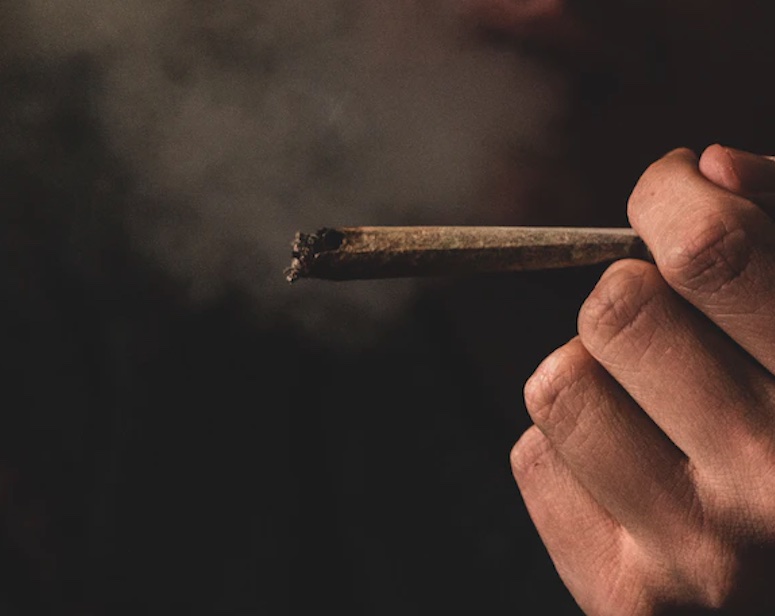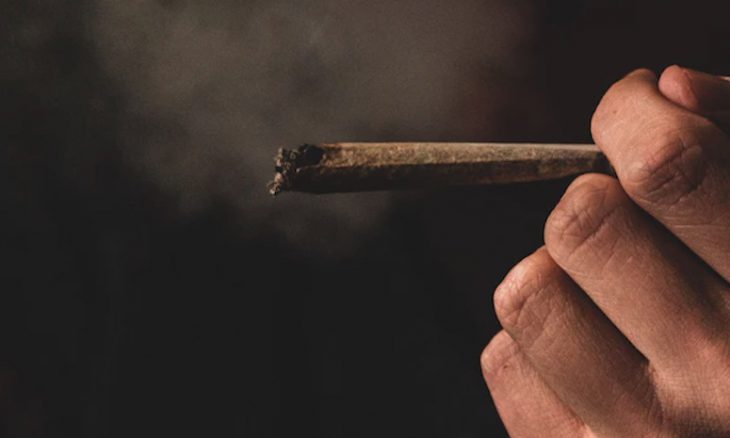Drugs – Recreation or Reliance

Substance abuse in the U.S., whether it be narcotics, depressants, stimulants, prescriptions, hallucinogenics, marijuana, alcohol, or tobacco, has risen in all demographics, ages, races, economic groups, genders, and religions.
Researchers at the Cleveland Clinic says that people are biologically motivated to seek rewards. A Living by Faith blog agrees, stating, “Passage after passage shows God motivating us with the promise of reward.”
Rewards often come from healthy behaviors. When you spend time with a loved one, eat a delicious meal, or experience joy in some other form, your body releases dopamine, which makes you feel pleasure. Pleasure-seeking becomes a cycle, seeking the reward of good feelings. According to the Living by Faith blog, God’s rewards include health, joy, wealth, community with others, and more—all pleasurable.
Substances, such as drugs, also send massive surges of dopamine to the brain. The more substance, the more dopamine, and the more drive to seek pleasure. The cycle can quickly get out of balance, as pleasurable feelings diminish and the urge to recover them increases and becomes irresistible. The first use of a drug is generally a choice. But addiction can develop quickly.
There is often a difference in attitude regarding using a substance. A person who embraces life uses the substance minimally, looking for enjoyment. The person escaping life uses substances more regularly and more heavily, trying to avoid what may be either a mundane or painful existence.
Among adults with a substance abuse disorder, nearly 70 percent are employed. While some may be in recovery, others bring their disorders to the workplace. The Americans with Disabilities Act provides for an employer to prohibit the use of drugs and alcohol in the workplace and require that employees not be under the influence of a substance while at work. Employers can hold workers who are alcoholics or drug addicts to the same performance standards set for other employees.
The Controlled Substances Act of 1970 gives authority to the Drug Enforcement Agency to determine a substance’s potential for abuse. The DEA classifies substances into five distinct categories the agency calls “schedules,“ depending upon the drug’s acceptable medical use and the drug’s use or dependency potential. Schedule I drugs include heroin, LSD, and marijuana; Schedule II, cocaine, PCP, and methamphetamine; Schedule III include anabolic steroids, and some barbiturates; while Schedules IV and V run from diazepam to cough syrups.
After alcohol and ahead of tobacco, marijuana is the most widely used—and abused—substance. A Gallup poll released at the end of August shows 16 percent of Americans reported smoking marijuana, up from 12 percent last year and more than double the all-time low of 7 percent. It is the first time more Americans said they smoke marijuana than reported smoking cigarettes.
While some states have legalized marijuana, for medicinal purposes or for recreational use, it remains illegal under federal law. Advocates say legalization reduces crime, raises tax revenue, lowers criminal justice expenditures, improves public health, increases traffic safety, and stimulates the economy. Opponents claim that legalization increases crime, diminishes traffic safety, harms public health, and lowers teen educational achievement. A 2022 CATO Institute report concludes, “strong claims made by both advocates and critics are substantially overstated and in some cases entirely without real-world support.” One notable exception is the increase in state tax revenues.
Seventy-three percent of addiction treatment programs in the U.S. include a spirituality-based element, such as is embodied in the 12-step programs and fellowships created by Alcoholics Anonymous. Most of them emphasize reliance on God or a Higher Power to achieve and maintain sobriety.
Teens and young adults include marijuana in their assortment of “club drugs,” along with Ecstasy, herbal ecstasy, Rohypnol, GHB, and Ketamine. Club drugs are often laced with other harmful chemicals and go by catchy or alternative secret names.
On August 18, 2022, President Biden’s administration announced over $12 million in funding for programs to prevent substance abuse by young people across the U.S., seeking to tackle what it describes as an “overdose epidemic.” Of the more than 108,000 overdose deaths each year, more than 80,000 were linked with fentanyl.
Dr. Rahul Gupta, the director of the White House’s Office of National Drug Policy, said, “This is a top priority, with a sense of urgency to address the abuse crisis, but it starts with prevention and prevention is the best return on investment when you look at it. And getting money directly to communities is so vital to make sure that [prevention programs] are working and they’re working effectively.”
If you seek a pleasurable reward, rather than looking to substances, seek the Lord because, “He rewards those who seek Him” (Hebrews 11:6). The apostle Paul said, “Do you not know that your body is a temple of the Holy Spirit within you, whom you have from God? You are not your own for you were bought with a price. So glorify God in your body“ (1 Corinthians 6:19-20).
How then should we pray?
- For those who are in bondage to illicit or harmful substances across the United States.
- For America’s governing officials to spread information regarding the impacts of drug abuse.
- For educators to inform students about how drug use reduces motivation, interferes with learning, and can create problems in the workplace.
- For healing and assistance for those who are using drugs to escape reality, that they may find joy and hope through Christ Jesus.
- For strength for physicians, clinicians, and first responders who face the effects of drug abuse including overdoses.





